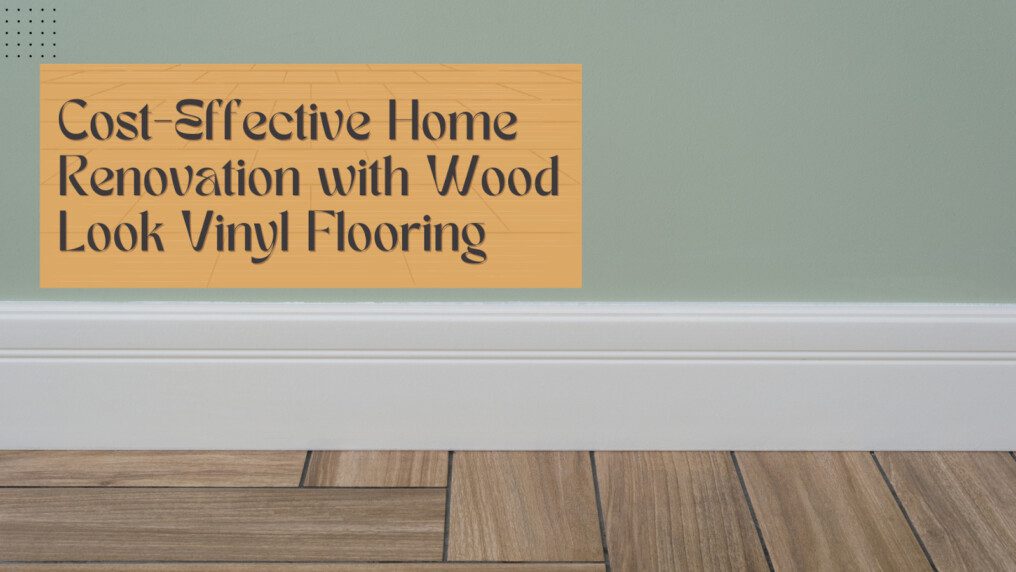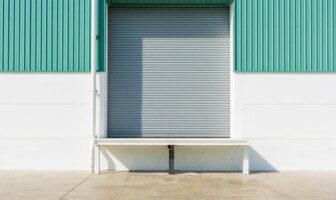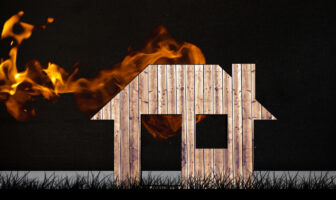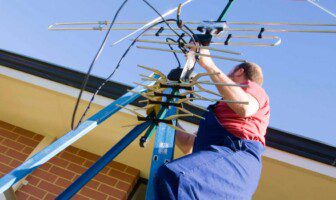
Are you looking to renovate your home on a budget? Installing new floors can make a huge impact, but traditional hardwood flooring can be expensive. Wood look vinyl flooring offers a cost-effective alternative with many benefits. Keep reading to learn all about vinyl flooring and why it should be your top choice for affordable home updates.
What Is Wood Look Vinyl Flooring?
Wood look vinyl flooring provides the realistic aesthetic of hardwood floors while being more affordable and easier to maintain. This synthetic flooring material is engineered to mimic the visuals and textures of natural wood. According to a report by Floor Covering Weekly, vinyl flooring now accounts for over 30% of the total flooring market in the United States. The flooring market continues to dominate sales across all flooring categories.

Vinyl flooring construction consists of several layers fused under heat and pressure. The bottom layers usually consist of a solid vinyl or plastic composite base that forms the floor’s core. A decorative layer gets added on top featuring a photographic print layer showing real wood visuals. Protective layers like a transparent wear layer or urethane coating seal the vinyl plank.
- The most common and effective type of vinyl flooring combining the realistic looks of wood planks is called luxury vinyl plank (LVP) flooring.
- LVP features dynamic prints recreating visuals of popular wood species. Grooves pressed into planks emulate the look of individual boards.
- Vinyl is gaining popularity with over 50% of homeowners choosing this versatile flooring due to its durability, affordability, and style options.
Vinyl provides a waterproof and scratch-resistant flooring option. This suits your busy families and pet owners. It can be installed in wet areas such as kitchens, bathrooms, and basements. This traditional hardwood flooring should be avoided. Easy maintenance keeps planks looking like new for decades wood floors require refinishing.
Vinyl flooring offers endless design possibilities, including stone and tile visuals, making it a standout economical choice for home renovations due to its realistic appearance and durability.
Benefits Of Wood Look Vinyl Flooring
Installing wood look vinyl flooring offers many advantages over traditional hardwoods:
Durability And Longevity
- Vinyl flooring lasts over 30 years with proper care making it a long-term investment.
- The protective top coat resists scratches, dents, moisture damage, and indentation from furniture.
- Vinyl won’t suffer from common hardwood problems like cupping from moisture, cracked boards, or scratches revealing bare wood.
- With vinyl, the photographic layer ensures floors always look great. Damaged planks can be replaced without refinishing the entire floor.
Easy Maintenance And Cleaning
- Vinyl requires simple daily cleaning like sweeping, dust mopping, or vacuuming to keep dirt and dust under control.
- Occasional damp mopping with vinyl floor cleaner removes stuck-on grime or food spills.
- You’ll never need to refinish vinyl by sanding or recoating the floors as you would with real wood.
- Routine cleaning keeps planks looking like new without special equipment or expertise.
Cost-Effectiveness
- Luxury vinyl plank flooring costs between $2-$10 per square foot installed
- LVP provides the upscale look of exotic hardwoods like Brazilian cherry or African mahogany at a fraction of the price.
- Opting for affordable vinyl instead of expensive hardwood enables you to divide more renovation funds toward other projects.
In the end, wood look vinyl flooring provides the warmth and charm of natural woods. When paired with durability, care, and affordability. It’s the most ideal choice option for flooring to renovate homes and updates.
Installation Of Vinyl Flooring
Installing vinyl flooring is straightforward and won’t need breaking the bank:
- Vinyl flooring can be installed over any subfloor type including concrete, plywood, OSB, or existing floors.
- Hiring a professional isn’t a necessity but can ensure proper installation. DIY installation costs around $1 per square foot while professional installation costs $3-$6 per square foot.
- The floating floor method is the most common and is an easy weekend DIY project. With this method, planks click together and float atop an underlayment pad.
Design Options For Wood Look Vinyl Floors
A major advantage of vinyl plank flooring is the expansive catalog of available plank styles and customization options:
- Contemporary styles replicate modern whitewashed oak or matte black walnut hardwood looks.
- Play up a rustic style by mimicking weathered barn wood or distressed heart pine visuals.
- For smaller spaces, consider using wide 9-inch vinyl planks instead of narrow strips.
- Over 300 different vinyl patterns are available replicating popular species like hickory, acacia, birch, or exotic rosewood.
- Custom color palettes and designs like herringbone patterns or unique edges allow personalized floors.
More design flexibility comes from the ability to mix and match planks:
- Combine various vinyl plank widths like 4-inch and 7-inch boards for dimension.
- Interplaying different colors and patterns creates custom floors aligned with interior décor.
- Incorporating many textures like smooth planks with embossed slate visuals adds interest.
Vinyl flooring offers endless style options for home renovations. This allows for customizable floors that align with each home’s character and layout. The extensive catalog empowers homeowners to design their perfect floors, matching them to their personal style.
Maintenance And Care For Vinyl Floors
Caring for wood look vinyl flooring is straightforward without intensive upkeep needs:
Daily And Weekly Care
- Quick daily cleaning only requires a broom, dust mop, or vacuum to remove dirt, debris, and pet hair.
- More thorough weekly cleaning with a damp mop eliminates stuck-on dust and grime buildup.
- Vinyl-specific floor cleaners containing polymers lift dirt without dulling or damaging the wear layer.
Preventative Care
- Placing doormats at exterior entryways traps outdoor particles before reaching floors.
- Using floor protectors and felt pads underneath furniture legs prevents indentation and scratching.
- Close blinds when direct sunlight radiates onto floors to reduce fading over decades.
Long-Term Care
- An occasional stripping cleanser can be used to remove embedded grime and restore luster.
- Spot replacing singular damaged planks preserves the flooring without replacing.
- With proper preventative care, vinyl floors should provide lasting beauty without refinishing for over 30 years.
By following basic daily and weekly cleaning routines along with preventative care, homeowners can enjoy durable and scratch-resistant wood-look floors for decades to come.
Conclusion
Wood-look vinyl flooring provides homeowners with affordable, attractive, and easy care. This could be the alternative option for updating tired floors or installing new ones during renovations. The waterproof durability, extensive style options, and installation provide both beauty and value. When it’s compared to traditional hardwood flooring.
To learn more about installing wood look vinyl flooring in your home. Consider requesting free samples or quotes from leading vinyl flooring brands today.
FAQs
How long does wood look vinyl flooring last?
With proper installation and care, vinyl flooring can last over 30 years. The durable construction resists indentations, moisture damage and wear over time.
Can wood look vinyl flooring be installed in bathrooms and kitchens?
Yes! Vinyl flooring is 100% waterproof unlike natural wood making it an ideal choice for kitchens and bathrooms. Easy maintenance plus waterproof durability checked important boxes for home renovations.
Is wood look vinyl flooring scratch resistant?
Yes, vinyl flooring is designed with a protective top layer that resists scratches, dents, and damage from pets, dirt, furniture, and high traffic. This layer keeps floors looking great for longer compared to hardwoods.
Read Also:




























